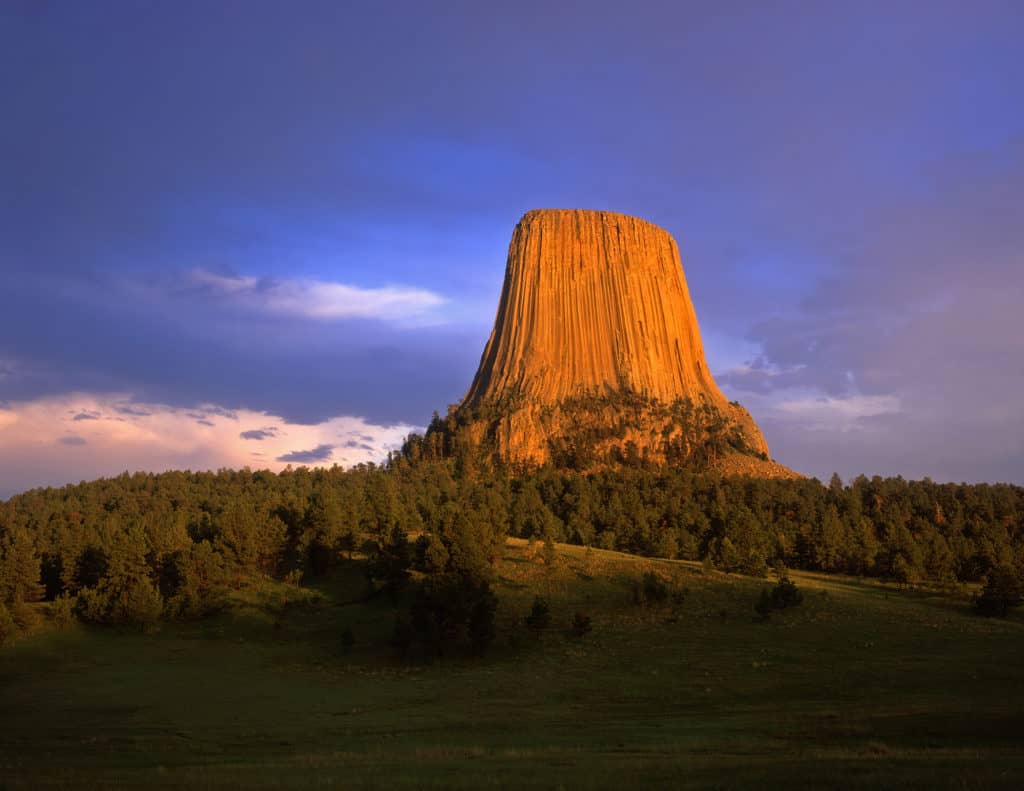U.S. President Donald Trump on Wednesday signed an executive order directing Ryan Zinke, Secretary of the Interior, to reassess the national monuments listed under the 1906 Antiquities Act.
Trump gave Zinke 45 days to determine which monuments, if any, could be repealed or redrawn. The move could repeal protections for lands, leading to new opportunities for mining and oil companies.
The president said the use of presidential protections was an “egregious abuse” of power.
“The Antiquities Act does not give the federal government unlimited power to lock up land and water,” said Trump. “It’s time we end this abusive practice.”
Former Presidents George W. Bush and Barack Obama designated large swaths of land and sea as monuments for protection, making them inaccessible to natural gas and oil development. Former President Barack Obama alone designated 554 million acres as national monuments.
Republicans had already been seeking to limit the law, with proposals of limiting the duration of national monuments and requiring approval from Congress or states before setting land aside.
As Time points out, the 1906 Antiquities Act, signed into law under President Roosevelt, was originally intended to protect sacred Native American sites throughout the U.S.
Ordinary Americans at the time, fascinated by Native American culture, were digging sacred sites, and walking away with priceless artifacts. The goal was to protect these lands and sites to prevent people from doing whatever they wanted to the land.
Wyoming’s Devils Tower was the first national monument, designated in 1906 by Teddy Roosevelt. Roosevelt would go on to designate 14 more national monuments, including the Muir Woods in California and the Grand Canyon.
Now, populist sentiment has moved away from desire to protect these important sites to anger over not being able to use the land as they see fit.
Still, under current law, the president has the right to establish a monument, but the legislation does not expressly authorize presidents to abolish monuments designated by other presidents.
According to a report from the Congressional Research Service last year, no president has ever rolled back a national monument designation.
George W. Bush’s interior secretary, Gale Norton, also conducted an evaluation of national monuments designated under Bill Clinton’s administration, but decided to let them stand.
“No president has ever attempted to revoke a national monument – and for good reason: Such an attack on our nation’s public lands and heritage is deeply unpopular and illegal,” said Kate Kelly, public lands director for the Center for American Progress.
Kelly told Bloomberg that the president does not have the authority to “significantly alter” national monuments.
At the center of the debate is the Bears Ears monument in Utah, which Trump specifically mentioned when discussing the order.
Former President Barack Obama protected 1.35 million acres in southeastern Utah in the final days of his presidency, despite opposition from state Republicans and some local residents. The protected land is rich with oil and natural gas as well as uranium. But the land’s rock outcroppings and bike trails are also a draw for locals and tourists.
Rep. Rob Bishop of Utah is calling for Trump to roll back the Bears Ears monument without waiting for approval from Congress.
“It was created by executive fiat, it could be uncreated by executive fiat,” said Bishop.
Bishop, who is chairman of the House National Resources Committee, is planning to draft legislation that ensures the public has input in setting aside land. The committee will hold a meeting on the Antiquities Act next week.
In January, the National Monument Designation Process Act was introduced to curb unilateral executive decisions on designating national monuments.



